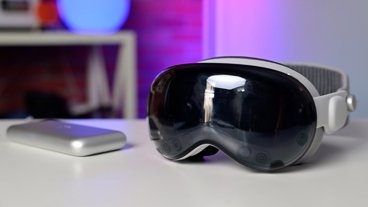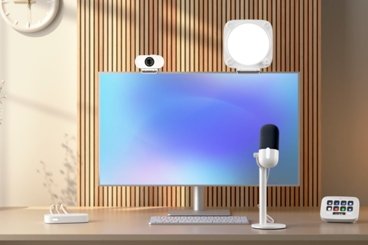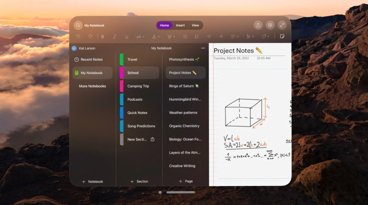Editorial: Reporting about the MacBook Pro is failing at a faster rate than the butterfly keyboard
The butterfly keyboard helped MacBook Pros get thinner, but did it destroy reliability? The numbers say no.
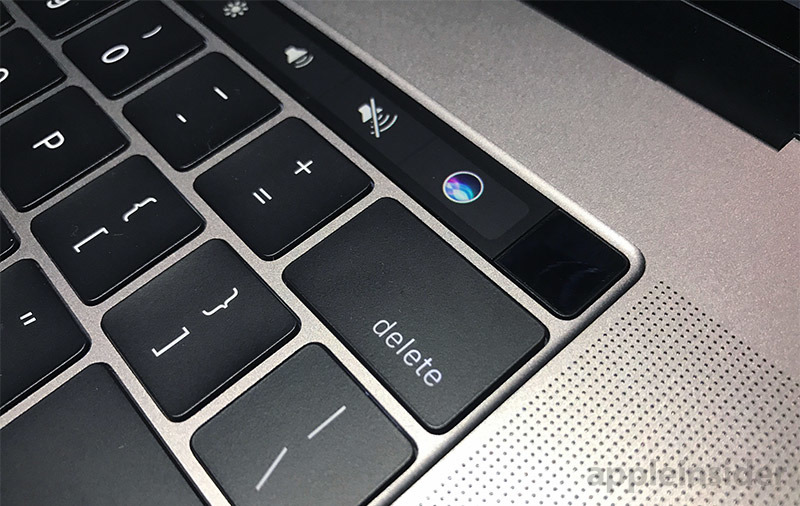
In April 2015, Apple introduced its new Retina Display MacBook with a new "butterfly" keyboard design. Some critics didn't like its shorter key travel, but complaints really began to snowball as its mechanism was adopted across Apple's other notebook models. Today it's regarded by some as a major problem, but journalists describing the problem don't seem to really know what that problem actually is, and are misleading users with their reports based on fact-free claims.
Yesterday, Apple announced an improved MacBook Pro keyboard design alongside the expansion of free support for anyone experiencing problems with MacBook keyboards. AppleInsider prepared a FAQ for users on the new machines.
MacBook users have clearly been inconvenienced by keyboard issues for those repair programs to exist, and AppleInsider has long maintained that Apple must address keyboard issues buyers have experienced, and continue to improve upon its polarizing keyboard design.
However, many journalists and other observers have seemed to prefer to describe the situation as if Apple were purposely creating or unnecessarily extending a problem rather than incrementally improving its products and the service supporting them.
Some publications even appear to have been working to create a mythology that recent MacBook keyboards were almost maliciously broken by design, with the only solution being an entirely new keyboard that magically never has any problems— something they can claim Apple is withholding from its users due to some bizarre imagined mix of incompetence, sloth, and arrogance.
Apple's unsolvable butterfly problem reaches the Gate
Tom Warren of the Verge tweeted that "Apple is trying to fix its broken MacBook keyboard design again," but like most reports taking aim at Apple's butterfly keyboard, there was no effort made to quantify the issue. There isn't data showing the MacBook keyboard is "broken." Instead, it remains a nebulous complaint that is suggested to be an industry-worst failure rate without any real data supporting that.
To anyone who has ever worked on a hardware product, or in any aspect of product design, the idea that "an entirely new design" could exist without introducing any problems is wildly ignorant. For any mechanical system, there's some potential for failure. The question is: what rate of failure is reasonable to occur on a premium notebook device, and how does its reliability compare with alternatives.
In that context, Dieter Bohn of the Verge similarly tweeted, "you know I'm starting to think there might be something not quite right with the overall design of recent MacBook Pros" when referencing Apple's free program to fix display cable issues in 2016 models.
This is particularly curious coming from the person who sought to favorably review Samsung's Galaxy Fold as a 'promising conceptual device' while ignoring its literally show-stopping design flaws on day two. It didn't matter if it worked, or if it was statistically relevant, it mattered because Samsung deserved respect for trying something new. Bohn has also lovingly reviewed products from Google that were straight up bad, purely defective by design, and subsequently total commercial flops— but again, he offered Google respect for trying.
Apple, however, is accorded no respect despite going well beyond "trying." MacBooks are the most popular premium notebook brand, and Mac sales are maintaining record heights despite a surrounding collapse in PC shipments and pricing globally and new growth in iPad sales. MacBook popularity continues even as Apple has introduced features commonly castigated by the media, ranging from the butterfly keyboard to Touch Bar and legacy-free USB-C ports. Why are these claims being made without numbers to back them up? And if there's a clear problem with Apple's keyboards, what is the solution for the butterfly mechanism?
The pitchfork mob butterfly solution
Videoblogging for the Wall Street Journal, Joanna Stern was lauded by Apple critics when she dressed up as a butterfly to mock Apple over reports of keyboard problems on its MacBooks, demanding to know, "should $1,200 MacBooks be breaking due to dust and debris!? Absolutely not!"
Stern specifically insisted that Apple needed to stop using the butterfly mechanism, without any actual data to support that idea. But MacBook keyboards also had key failures and other issues before the introduction of the butterfly mechanism in 2015— in fact, our data shows they were actually less reliable than today's MacBook Pros.
Just weeks later when reporting on Samsung, Stern didn't put on a costume, nor did she compare the $1,980 price of the Galaxy Fold to Apple's notebooks, nor wonder out loud if debris should ever cause damage to an expensive device. Instead, she presented, without comment, Samsung's official statement minimizing its problems as being "a few reports" from "a limited number of Galaxy Fold samples." And that occurred just after Stern's mocking of Apple's statement that "a small number of users were having issues" with the MacBook keyboard, a device that shipped to tens of millions of production users, not a few hundred influencers.
While she did earlier point out that dirty MacBook keyboards can be resolved with a can of air, or even using "Unshakey" a software utility designed to ignore repeating keys, that came shortly before recommending that users switch to a Microsoft Surface Book, a product with a known-poor reliability record. Last year, Consumer Reports called out Surface for "poor predicted reliability in comparison with laptops from other brands." Data matters.
A variety of other observers have similarly made general data-free comments along the lines of calling the butterfly keyboard a "repeatedly flawed design," while demanding to know why Apple hasn't fixed things or returned to its older 2015 keyboards. But we do have data on why Apple moved to the new keyboard, and why "reverting" makes no sense.
The "unsolvable" media narrative surrounding MacBook butterfly keyboards generates huge discussions on blogs among people who are not MacBook users. It has become the new iPhone 4 AntennaGate or iPhone 6 BendGate: a reason to take joy in a problem that's not clearly even a problem for most users, and also one that's not at all unique to Apple, even if the media narrative frames it as if it were.
Windows writer Ed Bott even tweeted that "The butterfly keyboard is Apple's Windows Vista, a reputation-destroying slow-motion train wreck." But over a decade ago, Bott was a staunch defender of Windows Vista, and long maintained that the criticism surrounding it was mistaken and overblown.
In 2008, at a time when Vista was clearly not seeing the adoption Microsoft had intended, Bott defended it from what he called "Vista bashing" and wrote that "all that the Windows Vista architecture needs is time and a hardware replacement cycle or two," which sounds like a pretty simple solution for what he now depicts as a "train wreck."
So which is it? Is the MacBooks' butterfly keyboard a disastrous train wreck that can only be solved by turning the clock back to 2015 keyboards, or is it a wildly inflated dramatic crisis fueled into a fire by Apple haters? Surely numbers should help us find out if Apple's MacBooks are very successful products savagely maligned by the media the way iPhone 4 and iPhone 6 were, or if they are commercially insignificant boondoggle-train wreck flops like the Galaxy Fold, Surface Book, or Windows Vista.
The numbers behind the butterfly
A variety of observers have demanded to know what Apple's product failure rates are. Kif Leswing of CNBC issued a tweet storm that began with "Apple reiterated to me today that the vast majority of MacBook customers are happy and haven't had issues with the keyboard," adding that, "but to me, anecdotally, it feels like it's happening to everyone. I personally had to get my 2017 MacBook Pro fixed. When I wrote a story about it I got over 100 reader emails."
Apple reiterated to me today that the vast majority of MacBook customers are happy and haven't had issues with the keyboard. https://t.co/mCva6djLhe
— kif (@kifleswing) May 21, 2019
Leswing also acknowledged, "the crazy thing is that Apple KNOWS what percentage of users are facing this problem. It has a dept called EFFA or Early Field Failure Analysis that looks into this kind of stuff and gets hard answers for decision-makers at the company."
Apple quite clearly has tons of data about the millions of Macs it has sold since 2015 using butterfly keyboards. It's in Apple's interest to avoid problems with components and designs that are known to be problematic. Repairs are an annoying inconvenience for users, but they directly impact Apple's support costs. Replacing the top case keyboard assembly can involve a $700 part on top of consuming Apple Store support resources, totally erasing the profitability of a MacBook. Anyone who thinks Apple isn't addressing keyboard issues is flatly ignorant about how the company works.
Apple is wildly aggressive in making design changes in its products to minimize repairs and product failures. In fact, there's evidence supporting the idea that one of the main reasons the company removed headphone jacks from iPhone 6s involved the fact that the headphone jack had been a leading cause of hardware failures and repairs on iPhones— a problem that vanished when Apple began touting AirPods as a superior solution to wired headphones.
Apple's internal data is confidential for a variety of obvious reasons, but Apple's data isn't the only set of numbers available to evaluate the extent of MacBook keyboard issues. We don't have to rely on anecdotes or fact-free assumptions.
AppleInsider has been tracking MacBook keyboard failure rates since 2016, and we've collected real-world data ranging all the way back to the 2012 MacBook Pro with Retina Display. As we reported earlier this year, given about the same number of MacBook Pro sales year-over-year, the total number of service calls were lower for both the 2016 and 2017 MacBook Pro in their first years of service, compared to earlier models, even when including keyboard failures.
The number of Macs sold each year has not changed dramatically, indicating the new models are more reliable computers overall, despite having no user-replaceable parts and including the issues some users have had with keyboards sticking or double typing, whether related to dirt, misuse, or a component failure in the keyboard design.
Additionally, we found that keyboard failure percentages for 2016 and 2017 "butterfly" MacBooks specifically were unchanged from the first year and beyond, and there has been no surge of people seeking repairs after Apple launched its keyboard repair program, despite significant media reports concerning problems with the butterfly keyboard and publicizing the repair program.
Since the 2017 MacBook Pro launched with a revised butterfly design, repair service data is very clear that the keyboards it used were better from a reliability standpoint. Failure rates on 2018 MacBook keyboards have also been lower than on the initial crop from 2016, but about the same as they were with 2017 MacBooks. Last year's refresh added a membrane to the keyboard mechanism, but Apple did not claim at the time that its revised design was a solution to keyboard issues, but rather was intended for a quieter typing experience.
This year, Apple has specifically addressed keyboard reliability on MacBook Pro models with a statement that it is using new materials to further enhance the reliability of its keyboard. So while Apple is making continuous improvements to its machines, it has only specifically mentioned efforts to enhance the reliability of its butterfly keyboard in 2017 and this year. Data shows that users' keyboard issues are not actually a statistically larger problem than they were previously, and that Apple's previous efforts to address issues that did exist have indeed worked.
That should increase confidence that Apple's latest MacBook Pro models will be reliable machines. They are already at the top in reliability compared to earlier MacBook models, and what problems they do have are responsively addressed by the company's efforts to stand up behind its products with ongoing support.
Why Butterfly
Efforts to vilify the concept of the butterfly mechanism without involving any data beyond that imagined up after reading through user complaints is a strange tactic for journalists who are expected to support their writing with facts and ground their reporting in reality.
There are clear reasons why Apple developed the butterfly-mechanism keyboard and then spread it across the MacBook Pro line and then its new MacBook Air last fall. Apple initially extolled the new design as a significant feature designed to help reduce the weight and thickness of its portable Macs while providing more accurate typing and a nicer looking keyboard with superior backlighting. The new keyboard design enhanced the energy efficiency of backlighting while solving a light leakage problem in earlier designs by using individual LEDs for each key, rather than a defuser or fiber optics to redirect the light to illuminate key labels.
The scissor keyboards in use prior to 2015 have a taller key mechanism that collapses down on single side when pressed, resulting in a raised, jiggly feel of individual keycaps. The newer butterfly mechanism works using a shallow displacement with a single depression assembly crafted from stiffer materials. The sides bend in unison when typed. In addition to accommodating a thinner body, the new keys were also designed to be larger with less of a margin between them. The result was a more accurate keyboard with larger targets and less key wobble.
The traditional scissor-switch keyboards used in earlier MacBook models simply wouldn't work on the new 2015 MacBook: its key assembly was 40% thinner than previous designs, with the entire machine less than 0.52 inches thick at its deepest point. Delivering such a radical new case design with the existing keyboard would have resulted in keycaps wobbling and bottoming out without registering a typing stroke.
The "problem" isn't the name or functionality of the keyboard mechanism, it's the thinness of the machine. But that thinness and lightness in weight are core attractions of Apple's ultra-mobile MacBook design, and have proven to be popular, statistically, on new MacBook Pro models. There's no shortage of people offering their options about whether Macs should be heavy and thick, but if ultralight MacBooks weren't making tons of money Apple wouldn't be selling them.
And, if large and thick MacBooks were hot sellers, Apple would also know this. After all, several years ago Apple was building enormous 17-inch MacBook Pros that were bulky and heavy. Even if the 16-inch MacBook Pro rumor is true, it's not going to be that much bigger, and probably no thicker than the existing 15-inch MacBook Pro is now.
The glass beyond the butterfly
The only devices Apple sells without some rate of keyboard failures are devices that don't have physical keys at all. In fact, nearly a billion people are regularly taping away at iPhone and iPad keyboards that are just an illusion of keys on glass. There's nothing to break.
Writers, including journalists, wordsmiths, and code developers, who have grown accustomed to the '90s model of notebook computers generally agree that typing on a virtual glass keyboard is not preferable to a responsive physical keyboard. The preference of typing on physical keys is changing however, along with the physicality of computers themselves.
The trend toward mobility has moved PCs from desktop machines attached to typewriter-like keyboards to increasingly light and thin machines with less keyboard travel. The leap to virtual keyboards began years ago with iPhone and has continued on iPads for a decade.
New MacBook Pro models now feature Touch Bar, a virtual, dynamic keyboard accessory that some users experienced with physical keyboards do not like. But back in 2007 it was also popular to revile iPhone for lacking a physical "QWERTY" keyboard. For users who love long-travel keyboards, perhaps a 2015 MacBook Pro is the best system for them. However, there is pretty clearly a trend toward light and thin that is winning out over the "typewriter-like" experience. And that trend, driven by what people are actually buying, rather than just chatting about, is what shapes Apple's design decisions.
Unlike opinions, Apple's product plans are very data-driven.
 Daniel Eran Dilger
Daniel Eran Dilger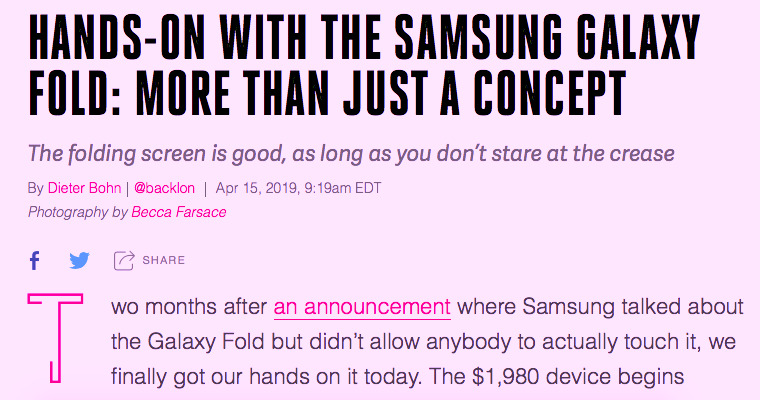
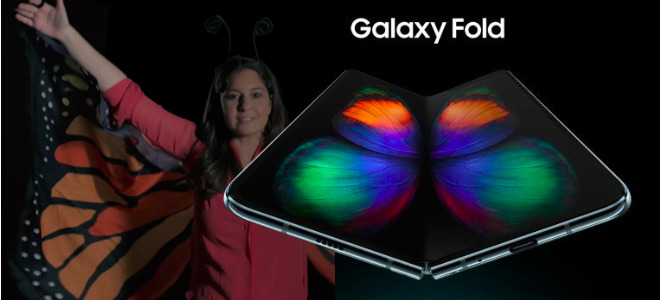


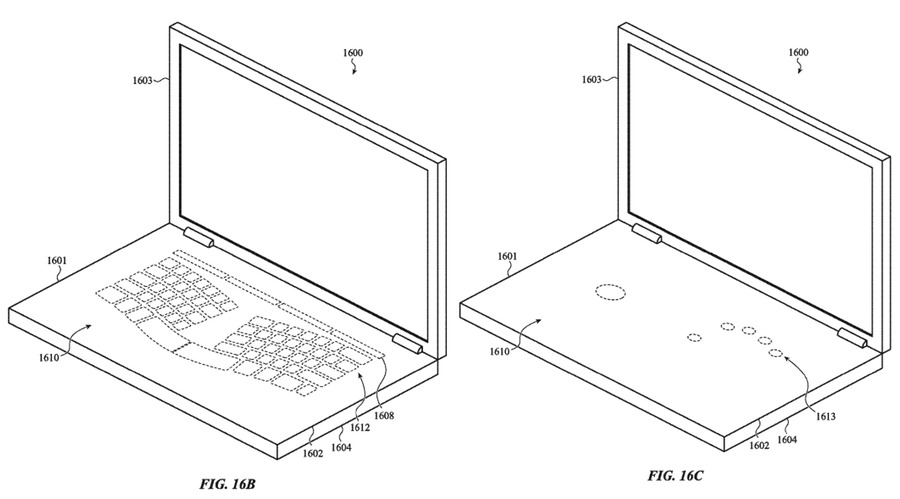











 Wesley Hilliard
Wesley Hilliard
 Andrew Orr
Andrew Orr



 Amber Neely
Amber Neely

 William Gallagher
William Gallagher